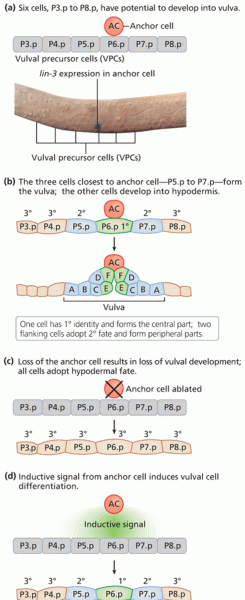Answer to Question 1
(The answer should include points like these. Other theorists and writers included in this chapter can also be used to support the students ideas):
There is renewed interest in the importance of nurturing creativity in both adults and children.
The world is changing at a fast pace and new technology is expanding so quickly that a vast amount of knowledge is needed to function effectively.
Memorized facts and outdated knowledge cannot meet the needs of this expanding world.
Theorists, experts, and researchers have identified the need for individuals to be able to think and solve new problems that have not previously existed.
People need to be creative and flexible thinkers who are able to respond to the explosion of information and technology (Isbell & Raines, 2013).
Torrance (1964) stated that young children are creative and need opportunities to strengthen their thinking during the early years.
Building their confidence in their capabilities will also help young children have the courage to try new things and find different ways of approaching issues.
Piaget and others described how learning can be accomplished by exploring, experimenting, and manipulating objects.
Vygotsky identified the importance of social interactions and working together in his writings.
Gardners work with multiple intelligences has recognized that creative thinking and the arts are essential elements for many people and provide ways to build on capabilities.
These and many other experts have stressed the need for todays children to become creative thinkers rather that fact givers.
A creativity scholar, Csikszentmihalyi (1997), described the intense focus of persons working on a creative project and called it The Flow.
Answer to Question 2
(There are 9 intelligences):
1. Verbal-Linguistic is related to language and words.
2. Logical-Mathematical is related to reasoning and understanding abstract relationships.
3. Musical is related to responsiveness to elements of music including tone and rhythm.
4. Visual-Spatial is related to the use of sight and the ability to visualize objects and representations.
5. Bodily-Kinesthetic is related to physical movement and awareness of the body.
6. Interpersonal is related to person-to-person relationships.
7. Intrapersonal is related to self-refection and understanding of ones self.
8. Naturalistic is related to an appreciation and use of the natural world.
9. Existentialist is related to striving to understand basic truths about life.
Gardners theory identified the many different ways children can be intelligent; it includes: Verbal-Linguistic, Logical-Mathematical, Musical, Visual-Spatial, Bodily-Kinesthetic, Interpersonal, Intrapersonal, Naturalistic, and Existentialist. These strengths of young children can be recognized and planned for in early childhood classrooms. This view also supports the early childhood belief that quality programs are concerned about the whole child and finding the strengths of all children.







